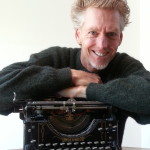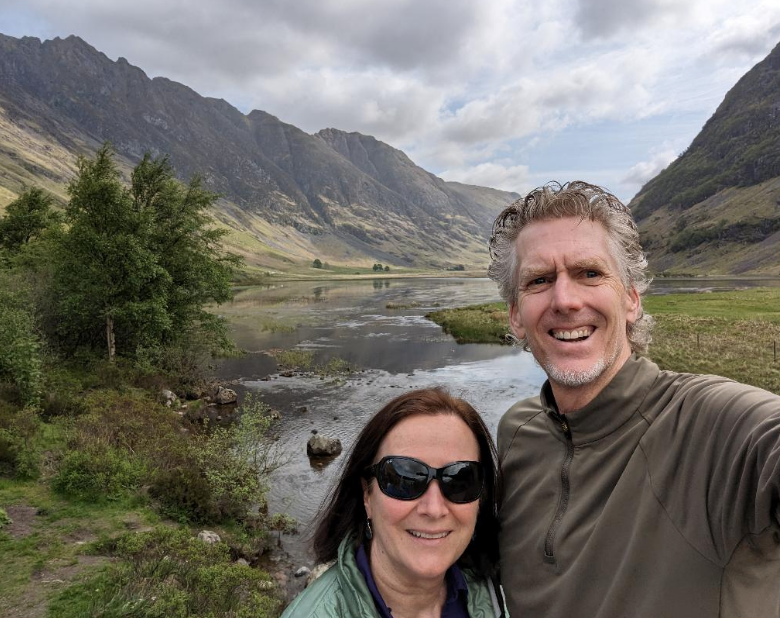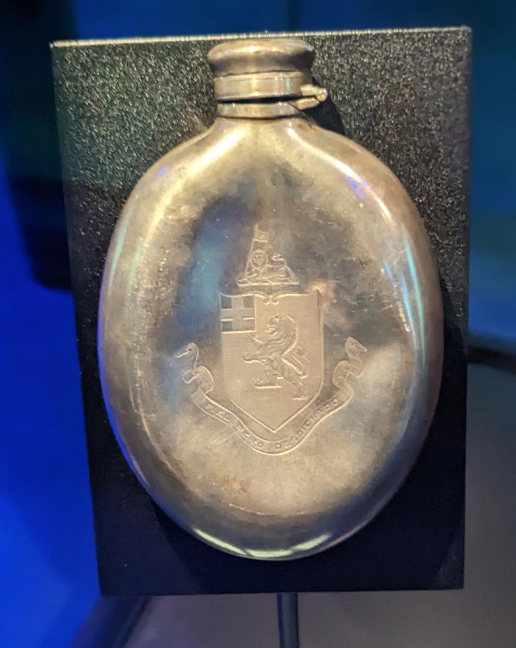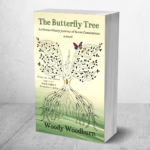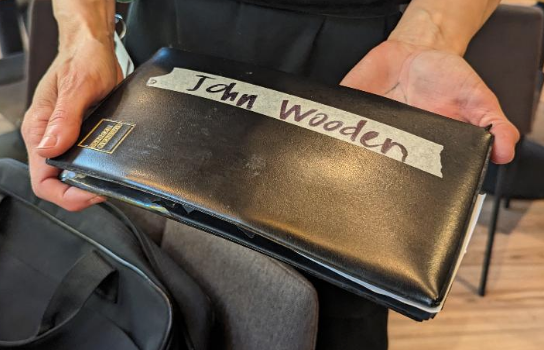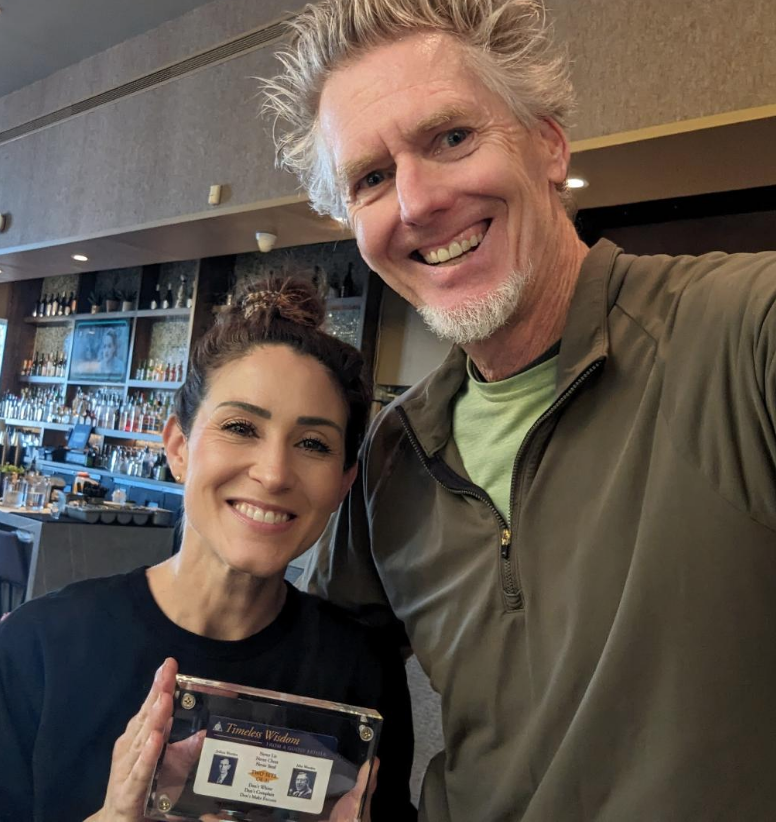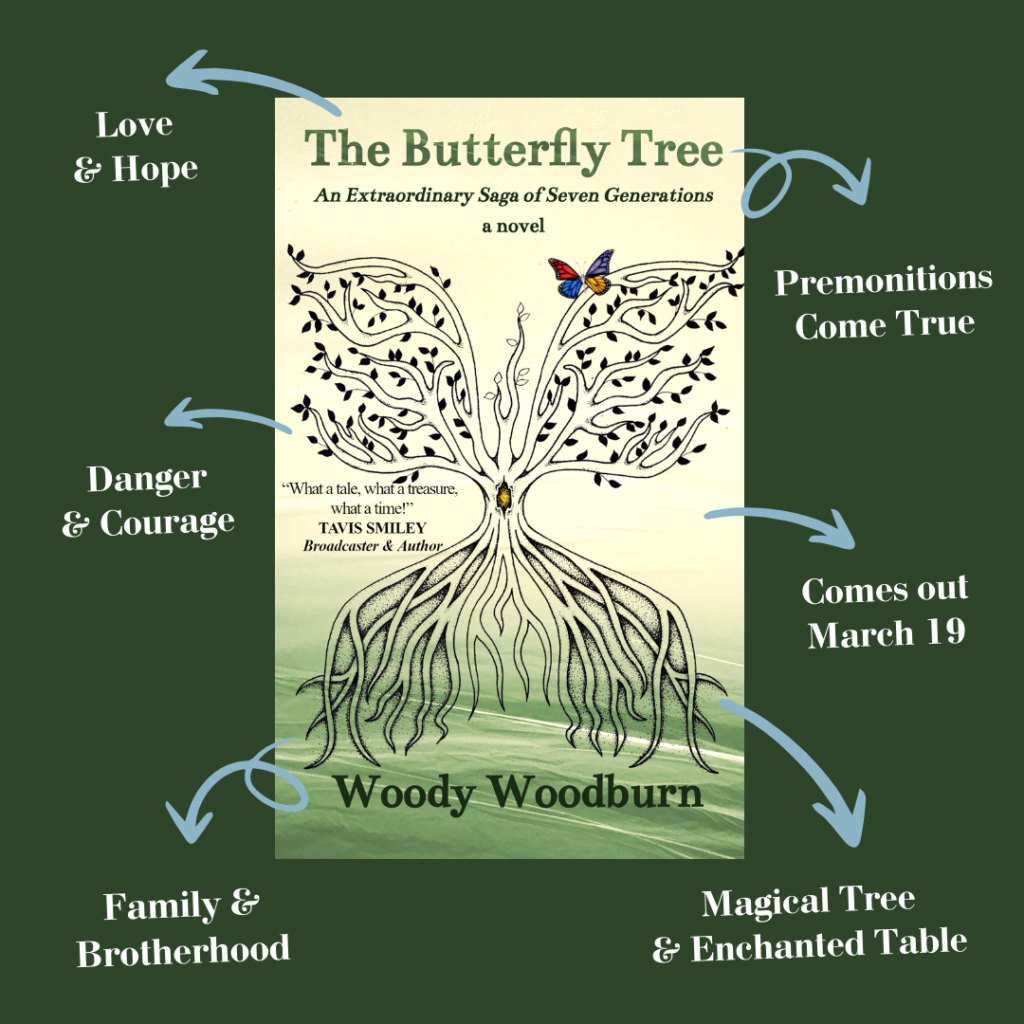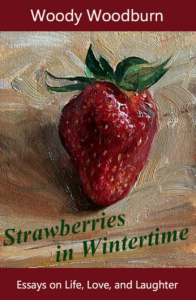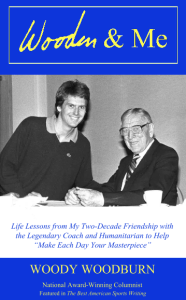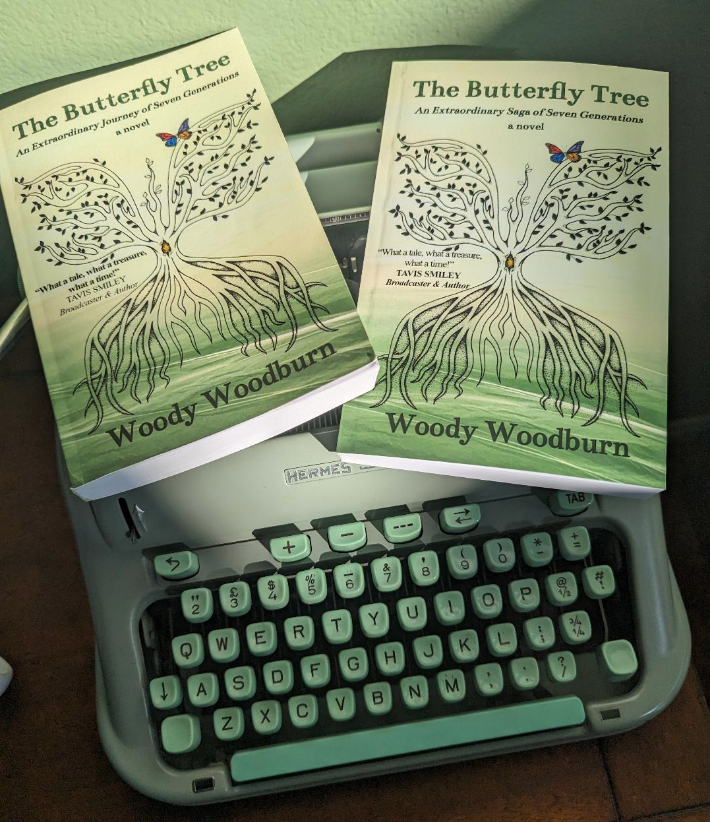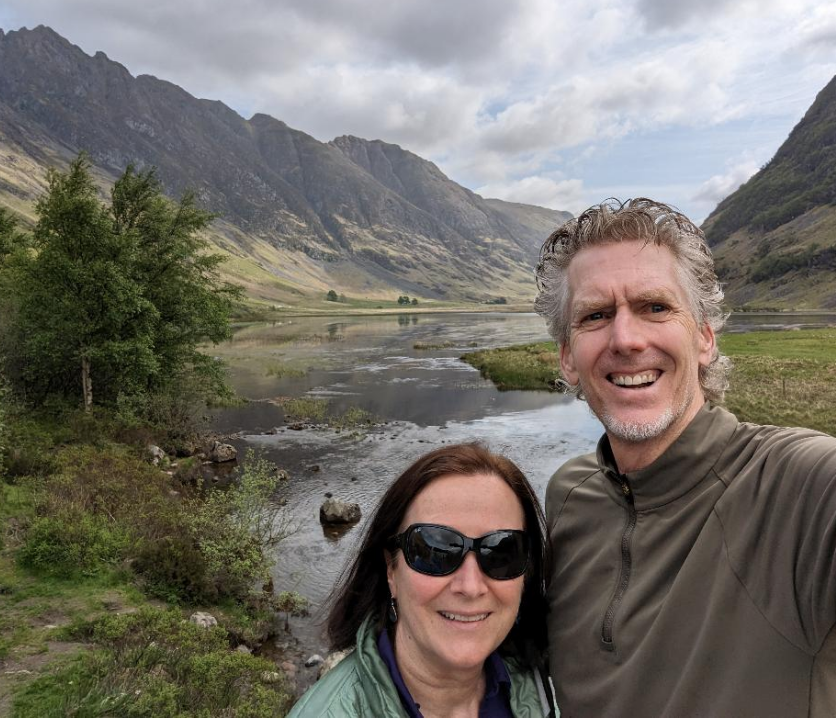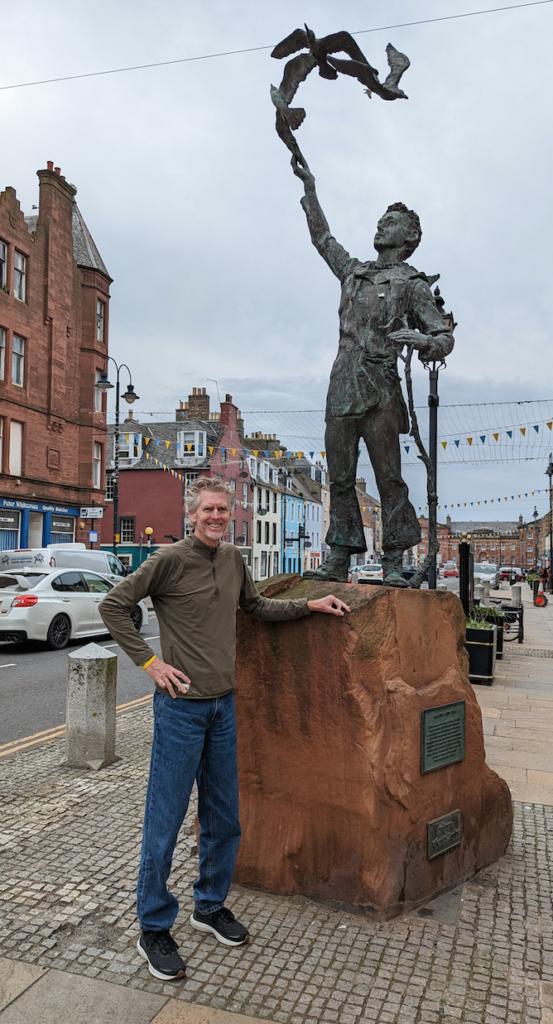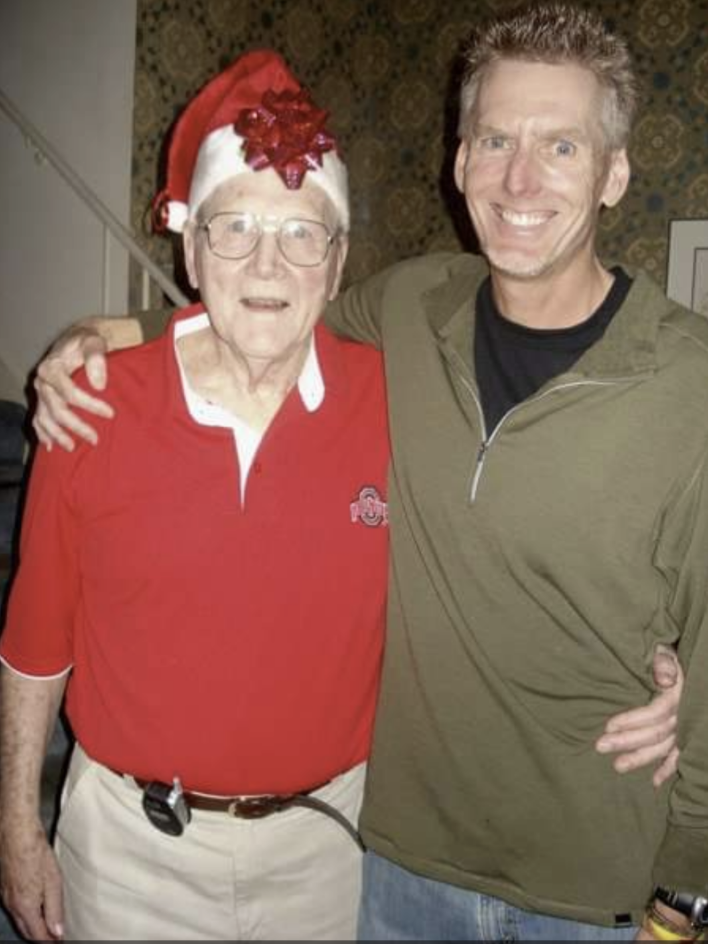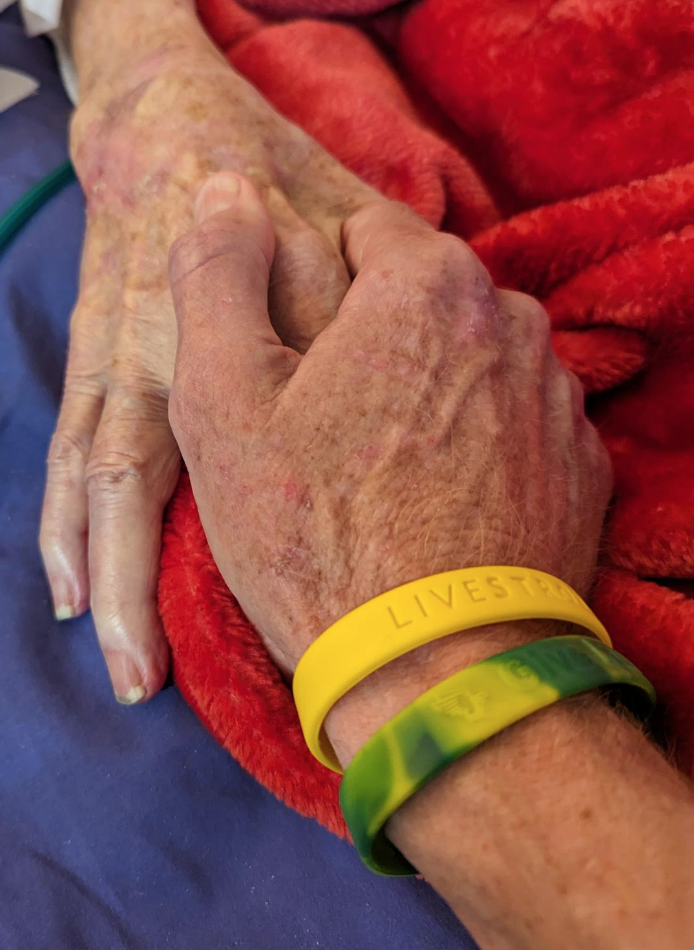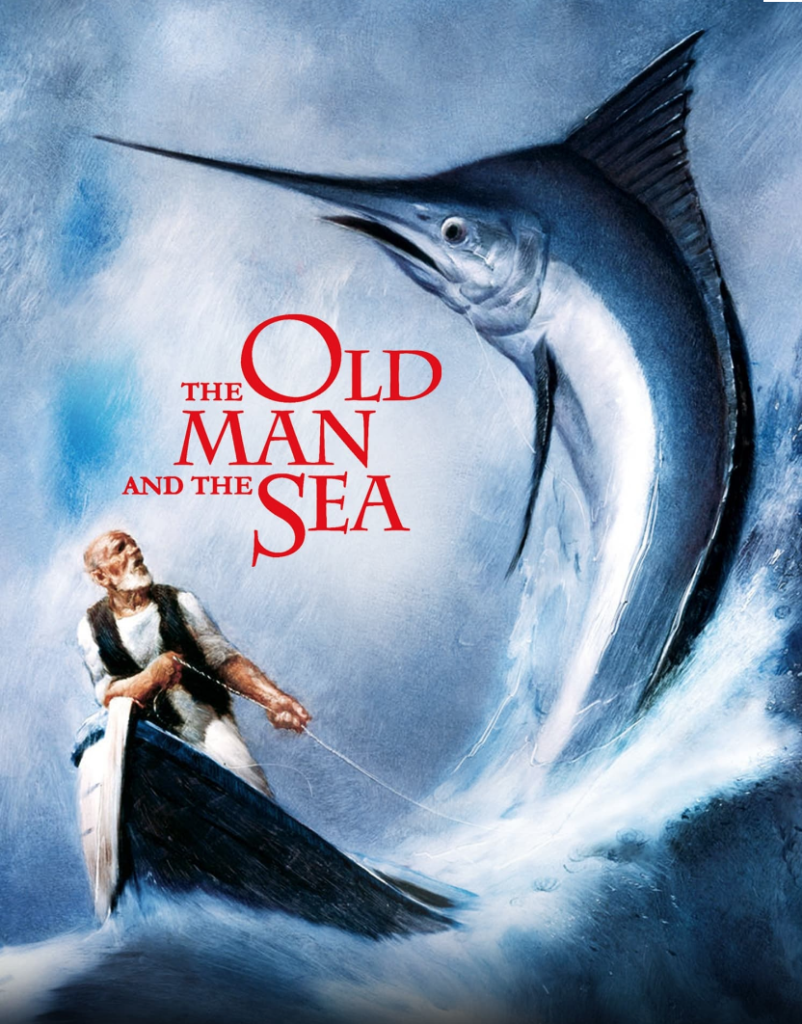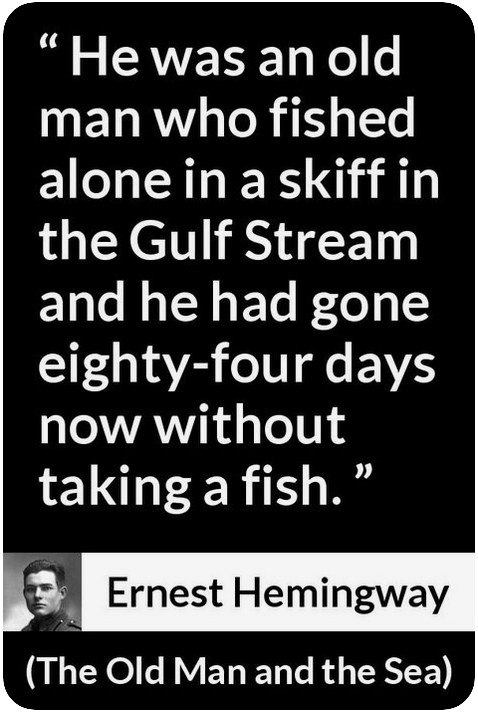Woody’s new novel “The Butterfly Tree” is available at Amazon (click here) and orderable at all bookshops.
*
Contrary to its worldwide catchphrase, Disneyland is not, according to one kilt-wearing tour guide in the Highlands of Scotland, The Happiest Place on Earth.
Leaving Loch Ness, which seems The Remotest Place on Earth almost, our tour group drove along a road so narrow that whenever we passed a vehicle coming the other direction our bus had to suck in its breath like a person trying to button a familiar pair of pants after gaining ten pounds.
Along this breath-holding drive we passed breathtaking scenery and passed through a small town and in doing so passed by a wee little whisky distillery—no “e” in whisky’s spelling in Scotland as apparently “whiskey” also sucked in its breath.
Directly across from the distillery was a neighborhood of timeworn cottages all built of sandstone blocks, all with stone fences so ancient they leaned off balance as if having consumed too much whisky. Despite the visual suggestion of hardscrabble lives within, our guide told us the residents were The Happiest People on Earth.
“Every day they open their windows and get drunk on the air and sunshine,” Callum said. Noting the steady rain coming down, he added: “Or they open their windows and get drunk on the air and Scottish mist.”
After requesting we open the bus windows a crack, he explained that as whisky ages in oak casks about 10 percent evaporates annually and this is called “the angel’s share.”
Sweeping a hand towards the humble houses Callum went on: “So you see, they are The Happiest People on Earth because they are stealing their fair share from the angels.” He inhaled through his nose, deeply, as if cookies were baking—smiled—and added with a wink: “Now before we all get drunk, close the windows.”
Continuing his playful sommelier’s soliloquy, Callum said: “In Scotland whisky is distilled twice while Irish whiskey is distilled three times. Three times might sound better than twice, but this is not the case at all—the Irish do one extra because they can’t get it right in two tries.”
A mist of gentle laughter floated through the bus and days later similarly did so in the tasting room at Jameson Distillery in Dublin, Ireland, when its tour host buoyantly reversed the punch line: “The Scots are too lazy to do it the right way which is three times.”
There was no laughing inside the oppressively somber and, fittingly, impressively gigantic Titanic museum and shipyard in Belfast where the infamous ship was designed, built, and launched.
Among the heart-wrenching artifacts on display, and echoing the whisky-and-writers theme that emerged on this trip, was a silver flask belonging to Helen Churchill Candee. On fateful April 15, 1912, she was a 53-year-old American author and journalist.
While Candee would live to 90, her story, as related on a placard, caused an angel’s share of tears to well up in my eyes: “As ship was sinking, she was helped into Lifeboat No. 6 by her First Class companion, Edward Kent. She did not have pockets in her coat, so entrusted Kent with her hip flask—a cherished family heirloom. Tragically, Kent did not make it to safety and died in the icy waters. The hip flask, however, did find its way back to Helen. It was recovered from Kent’s body, and returned to its owner after the authorities traced her family through the Churchill family motto engraved on the flask—”
Here, fact proves far more creatively perfect than fiction.
“ ‘—Faithful, but Unfortunate.’ ”
Next week: Serendipity smiles at St. Andrews Golf Club.
* * *
Essay copyrights Woody Woodburn
Woody’s new novel “The Butterfly Tree” is now available in paperback and eBook at Amazon (click here), other online bookstores, and is orderable at all bookshops.
*
Woody writes a weekly column for The Ventura County Star and can be contacted at WoodyWriter@gmail.com. Follow him on Twitter and Instagram at @woodywoodburn.

